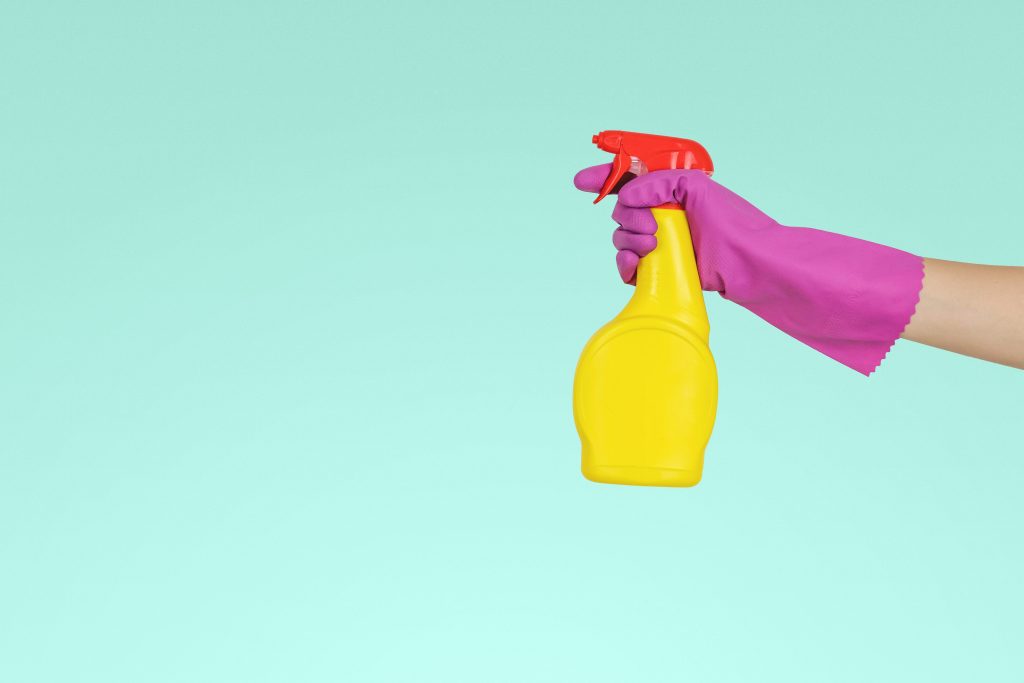A guide to keeping staff safe at work during the pandemic

How to create a safe working environment
While many of us are keen to get back to some sense of normality after several months working from home, it’s crucial that businesses and employees address the timing and phasing of any return and all risk mitigations.
It’s vital that employers engage with their staff to ensure they feel safe returning to the office and they are not being forced into an unsafe workplace.
There are a number of guides out there and we recommend you carefully check the government’s guidelines, which you can find here. However, in this guide, not only will we cover the practical measure of conducting your risk assessment, eg. cleaning, social distancing, education, but we will also address how to protect employees’ mental wellbeing and preserving a healthy company culture and values.
Everyone’s workplace is unique, but evaluating your plan with these components in mind can help you organise your reopening and anticipate obstacles
Risk assessments
At Cartridge Save, we have both an office and warehouse environment. Obviously, these required completely different approaches and measures to be introduced.
However, the considerations of a risk assessment are broadly similar for each workplace. These include:
- Introducing social distancing on site
- Cleaning and hygiene
- Keeping employees safe when they travel for work
- Receiving and sending goods
- Keeping staff informed of developments and trained in new procedures
- The employees themselves and if they were in high-risk groups
Protecting health
To minimise the risk of the virus spreading new measures and practices must be introduced. These include:
Cleaning practices
- Cleaning the site before you reopen and each day before the staff begin their day
- Cleaning busy areas throughout the day
- Provide more cleaning and handwashing facilities
- Ensure staff follow handwashing guidelines
- Provide paper towels in bathrooms
- Have a process for cleaning goods that come into the workplace
Social distancing
- Keep staff two metres apart from each other
- Keep the number of staff on site to a minimum
- Limit access to the kitchen or limit the number of people who can access these facilities at the same time
- Space out chairs and workstations
- Avoid hotdesking
- Stagger arrivals and leaving times of all workers and visitors
- Mark a one-way flow where possible
- Have floor markers where people queue
- Close off areas that are not essential, eg. lifts
Education
These changes will involve an amount of education and training for employees.
Crucially, you must make sure staff can spot the symptoms and know what action to take if they become ill. Tell the worker to quarantine immediately and seek a test. Anyone they’ve come into close contact with should also quarantine until they know there is no risk.
In communicating this, as well as the new onsite procedures, there are several ways to ensure everyone understands:
- Meetings – this is best done virtually before the office reopens
- Emails and newsletters
- Posters throughout the site reminding staff to clean and socially distance
Mental health protection
With the impact of lockdown and social distancing affecting mental health for people of all ages, it is more important than ever, for each of us to be reminded that we do not have to face things alone and that we can really make a difference by supporting one another.
People will understandably be nervous about returning to the office. After months in isolation, it will be a hard adjustment to get used to being around other people again.
Take all measures to help people through this time and address their concerns.
- Show them you are taking reopening seriously and share the work you’ve done in your risk assessment
- Collect feedback – send out a survey to all employees to determine how worried they are about returning to their office
- One-on-one meetings – everyone’s situation is different so address people’s concerns on an individual basis
- Keep talking – keep regular meetings so you and your team can share how you are finding the adjustment and talk through any challenges
- Foster a culture of understanding – we can all play our part in being good listeners. No one should feel they have to struggle alone.
Maintaining culture and value
Company culture should not be neglected during the pandemic. In fact, investing heavily in your culture is the very thing that will keep your business healthy through this challenging time.
- Showcase people’s hard work – this can be done in a meeting or in the company newsletter
- Reward people’s dedication – small gifts or a wellbeing pack can go a long way to helping people feel valued
- Check-in regularly to find out how people are finding the adjustment and what you can do to improve
- Don’t forget to have fun – bring people together virtually with informal activities, such as quizzes or a games night. It’s important to maintain a sense of culture, unity and community these times. We’re missing our work friends, so it’s important to stay connected and create memories together.